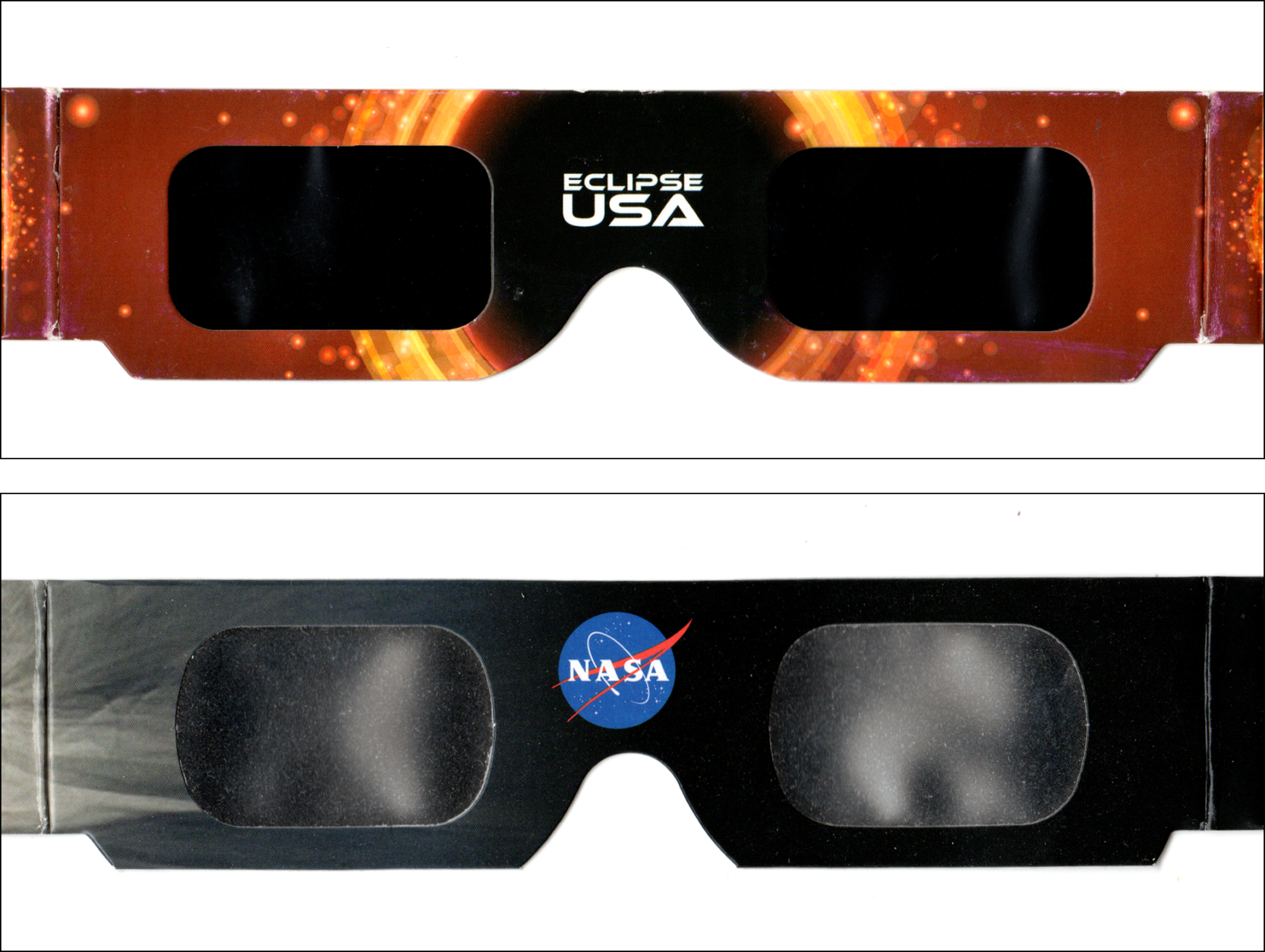

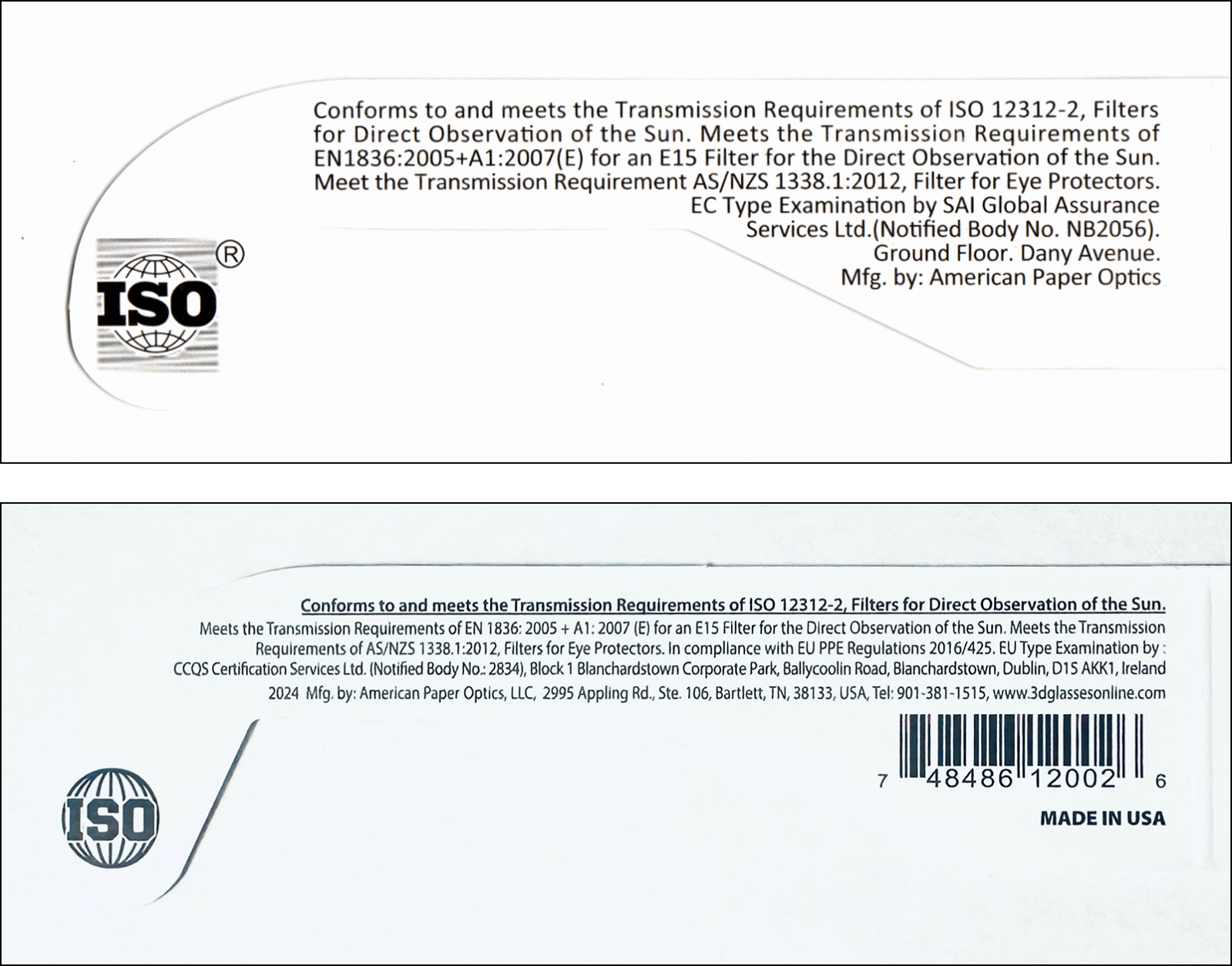
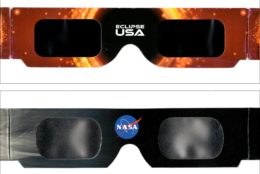
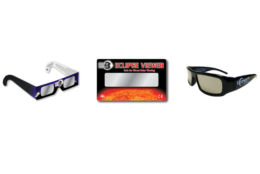
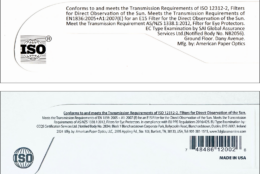
The moon is moving ever closer to the sun for the upcoming eclipse of the sun on April 8. For some viewers, the sun will be totally eclipsed by the new moon, while for the vast majority of viewers the sun will be only partially eclipsed.
More Solar Eclipse News:
- T-minus one month to U.S. solar eclipse — where to enjoy the spectacle in DC area
- Everything you need to know about April’s total solar eclipse
As they did during 2017’s solar eclipse across America, the American Astronomical Society (AAS) issued a news release Friday calling out the counterfeit and fake eclipse glasses that have been flooding the market.
The AAS said that fraudulently printed and counterfeit glasses are not safe for solar viewing and “can cause severe eye injury, ranging from temporarily impaired vision to permanent blindness.”
If you plan to buy a pair of eclipse glasses, make sure they’re from a vendor that is approved by the AAS. If you’ve already bought a pair and want to test that they’re legit before the big day, they’ll need to pass three tests.
First, “put them on indoors and look around. You shouldn’t be able to see anything through them, except perhaps very bright lights, which should appear very faint through the glasses,” according to the AAS. Secondly, wear them outside and check if you can see anything other than “the sun’s reflection off a shiny surface or a puddle, which again should appear very faint.” Third, look at the sun and if it’s “comfortably bright,” you’re in the clear.
If you want to make a pinhole camera, here is a nifty video that shows you how. EarthSky.org states that the procedure was “devised by the awesome engineers at NASA’s Jet Propulsion Laboratory in Pasadena, California.”
On Saturday, I’ll have details on Sunday night’s upcoming penumbral lunar eclipse and information on the “Devil Comet.”
Follow Greg Redfern on Facebook, X and his daily blog to keep up with the latest news in astronomy and space exploration.
WTOP’s Ciara Wells contributed to this report.
Get breaking news and daily headlines delivered to your email inbox by signing up here.
© 2024 WTOP. All Rights Reserved. This website is not intended for users located within the European Economic Area.







